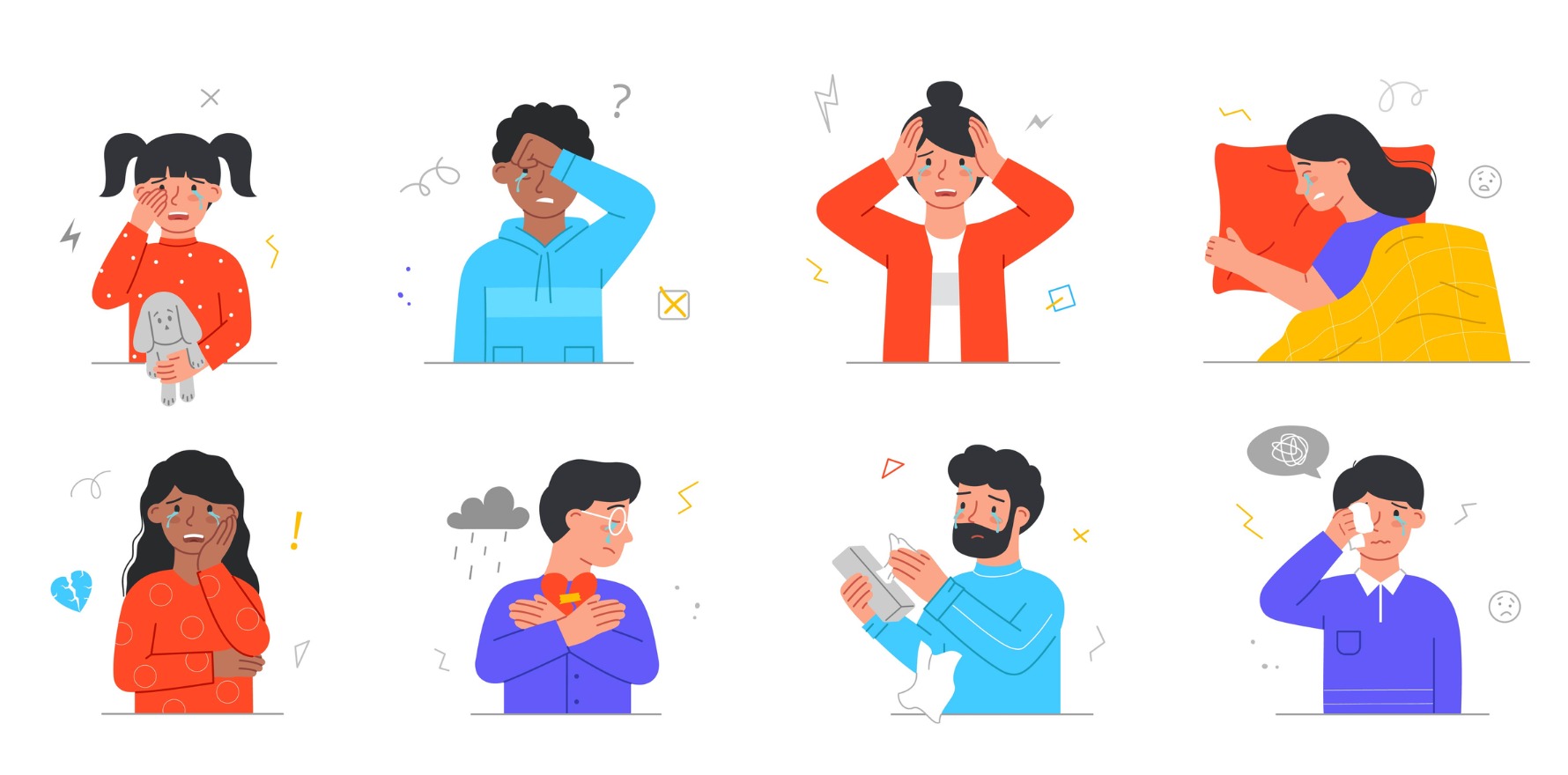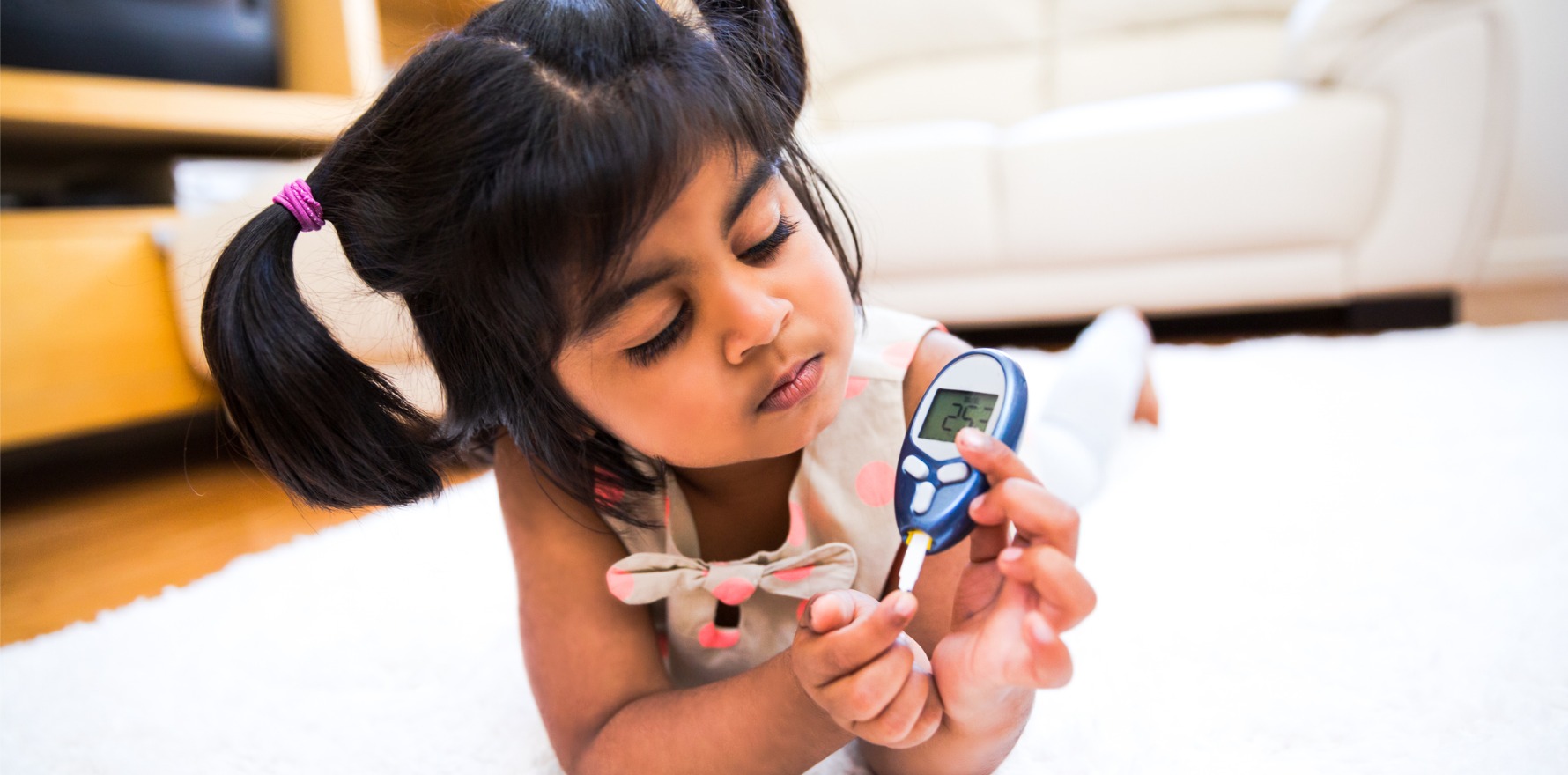New Australian Institute of Health and Welfare reports have outlined the health and healthcare use of children and young people across Australia.
GP visits remain fairly consistent among young people while visits to medical specialists and ED visits have dropped slightly, according to reports by the Australian Institute of Health and Welfare.
The AIHW’sHealth of children and Health of young people reports, released yesterday, collated evidence on the health status, health risk factors and healthcare of Australian children and young people between mid-2021 and mid-2023.
For young people aged 15-24, mental health conditions, substance use disorders and injuries contributed the greatest burden of disease.
Suicide and self-inflicted injuries were the leading contributor in males, with 12.7%, whereas in females it was anxiety disorders at 17.1%.
Unsurprisingly, GPs continued to provide the majority of Medicare-subsidised mental health services for all aged and provided 85% of mental-health prescriptions in 2021-2022, according to the most recent data included in the report.
In 2021-22, young people aged 12-24 made up 23% of those receiving subsided mental health services and children up to 11 constituted 5%.
Among children under five, infant and congenital conditions and heart conditions were the most significant burden of disease in 2023.
For children aged 5-14 asthma was the leading cause of disease overall, carrying 24.3% of the total burden.
While asthma was the leading cause of disease in girls, it was the second leading cause of disease in boy, superseded by autism spectrum disorder which accounted for 16.1% of disease boys but only 6.6% in girls.
Outside of asthma and ASD, the remaining three top five leading causes of disease were mental health disorders: anxiety disorders, conduct disorder and depressive disorders.
There has been little change in disability prevalence among children and young people in the last couple of decades.
In 2003, prevalence sat at 4.3% for 0-4 years and 10% in those aged 5-14.
This dropped minimally in both to 3.7% and 9.6% respectively in 2018, with a total of one in 13 children aged 0-14 reported to have a disability in the 2018 Survey of Disability, Ageing and Carers, said the AIHW report.
The 2021 Census suggested that around 4% and 3% of those aged 0-14 and 15-24 respectively had “profound or severe core activity limitation”.
For young people, this stayed similarly consistent between 2003 and 2018 at around 9%.
Related
Common chronic conditions also remained consistent.
According to the ABS 2022 National Health Survey, around 45% of children aged up to 14 had one chronic condition or more, but the most common conditions did not change from the previous year.
These were: hayfever and allergic rhinitis (13%), allergies (10%), asthma (8.2%), anxiety disorders (8.6%) and psychological developmental disorders (7%).
For young people, the burden of chronic disease was even higher, with three quarters of those aged 15-24 having one or more chronic disease.
The most common conditions were short sightedness/myopia (28%), hay fever and allergic rhinitis (27%) mental health conditions like anxiety (26%) and depression (17%).
Thankfully, death rates seem to be falling.
In 2022, there were 3.2 and 10.6 deaths per 1000 for infants under one and children aged 1-14 respectively.
Despite having fallen from 5 deaths per 1000 in 1998, infant deaths still accounted for two thirds of the total deaths of children aged up to 14 in 2022.
Most were due to perinatal conditions (53%) or congenital conditions (26%).
Death rates also fell in 15-24-year-olds, from 41 to 38 per 100,000 between 2009 and 2021.
Injuries were the leading cause of death at 69%, half of which were due to suicide.
According to the ABS Patient Experiences in Australia survey, health services use by young people remained fairly consistent in 2022-23 compared to 2021-22.
GPs remain the most used service with 71% of 15-24-year-olds visiting their GP over the 12-month period and just over 5% visiting an after-hours GP.
However, the proportion of young people who saw a specialist other than a GP or visited an ED fell slightly to 25% and 14.6% respectively in 2022-23.





